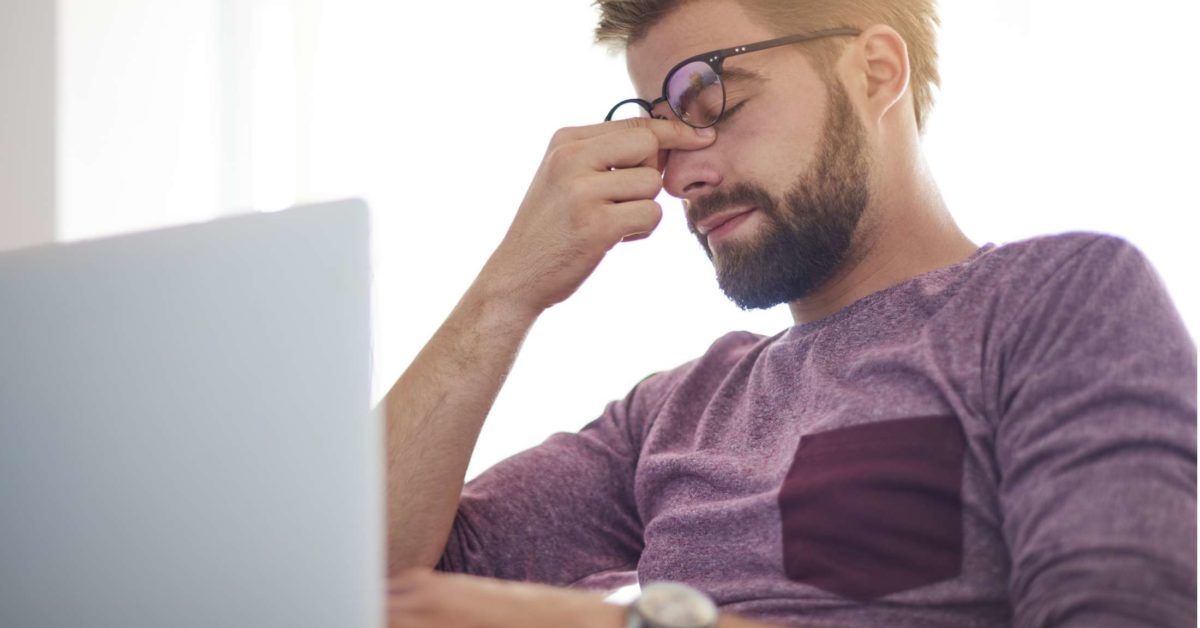All Categories
Featured
Reduced vision, a problem where typical glasses, get in touch with lenses, or surgical procedure can not fully bring back view, can make day-to-day activities testing. The good news is, low vision rehab offers a series of resources to aid people keep their independence and lifestyle. This article explores the choices available for those looking for support in managing their visual disabilities.
What Is Low Vision Rehab?
Low vision rehab is a structured approach to assist people optimize their continuing to be vision and adapt to brand-new methods of doing daily jobs. Experts deal with patients to establish tailored strategies, incorporating devices, methods, and training programs that fit their unique demands.
![]()
Trick Options for Reduced Vision Rehab
Vision Enhancing Devices
Optical Aids: Tools like magnifiers, telescopic glasses, and unique reading lenses can improve quality for analysis, creating, and various other close-up tasks.
Electronic Visual Aids: Devices such as electronic magnifiers and portable video clip magnifiers supply adjustable zoom abilities for various jobs.
Wearable Modern technology: Smart glasses furnished with video cameras and voice responses offer sophisticated services for boosting vision.
![]()
Assistive Technology
Screen readers, text-to-speech applications, and gadgets with voice commands make innovation accessible for people with low vision.
Smart device applications, such as navigating help and item acknowledgment devices, aid users interact with their environments better.
Educating and Therapy
Alignment and Wheelchair Training: Specialists teach skills for navigating areas securely, including using white walking canes or overview canines.
Daily Living Abilities Training: Rehabilitation programs give approaches for cooking, cleaning, and individual treatment, making certain that individuals can do important jobs individually.
Aesthetic Skills Training: Exercises created to maximize using staying field of vision can enhance aesthetic functionality.
Environmental Adaptations
Modifications to living or work areas can considerably improve ease of access. Examples consist of:
Installing brighter lights.
Including high-contrast markings to devices.
Setting up furniture to produce clear paths.
Assistance Networks
Emotional and psychological support is a crucial element of rehab. Assistance teams, therapy sessions, and therapy services can aid people handle the obstacles of vision loss.
![]()
Peer networks connect individuals with similar experiences, cultivating a feeling of community and shared discovering.
Just How to Accessibility Reduced Vision Rehabilitation Provider
Low vision rehab solutions are typically supplied by:
Reduced Vision Clinics: Run by eye doctors and ophthalmologists focusing on vision problems.
Physical Therapists: Professionals in adapting atmospheres and jobs to match individual requirements.
Not-for-profit Organizations: Teams such as the American Structure for the Blind (AFB) or regional blindness support companies offer important resources and references.
Conclusion
Low vision rehabilitation supplies an array of resources tailored to enhance functionality, boost confidence, and enhance high quality of life. If you or a loved one is facing the difficulties of low vision, think about getting to out to a professional or rehab center to discover the numerous options available.
What Is Low Vision Rehab?
Low vision rehab is a structured approach to assist people optimize their continuing to be vision and adapt to brand-new methods of doing daily jobs. Experts deal with patients to establish tailored strategies, incorporating devices, methods, and training programs that fit their unique demands.

Trick Options for Reduced Vision Rehab
Vision Enhancing Devices
Optical Aids: Tools like magnifiers, telescopic glasses, and unique reading lenses can improve quality for analysis, creating, and various other close-up tasks.
Electronic Visual Aids: Devices such as electronic magnifiers and portable video clip magnifiers supply adjustable zoom abilities for various jobs.
Wearable Modern technology: Smart glasses furnished with video cameras and voice responses offer sophisticated services for boosting vision.

Assistive Technology
Screen readers, text-to-speech applications, and gadgets with voice commands make innovation accessible for people with low vision.
Smart device applications, such as navigating help and item acknowledgment devices, aid users interact with their environments better.
Educating and Therapy
Alignment and Wheelchair Training: Specialists teach skills for navigating areas securely, including using white walking canes or overview canines.
Daily Living Abilities Training: Rehabilitation programs give approaches for cooking, cleaning, and individual treatment, making certain that individuals can do important jobs individually.
Aesthetic Skills Training: Exercises created to maximize using staying field of vision can enhance aesthetic functionality.
Environmental Adaptations
Modifications to living or work areas can considerably improve ease of access. Examples consist of:
Installing brighter lights.
Including high-contrast markings to devices.
Setting up furniture to produce clear paths.
Assistance Networks
Emotional and psychological support is a crucial element of rehab. Assistance teams, therapy sessions, and therapy services can aid people handle the obstacles of vision loss.

Peer networks connect individuals with similar experiences, cultivating a feeling of community and shared discovering.
Just How to Accessibility Reduced Vision Rehabilitation Provider
Low vision rehab solutions are typically supplied by:
Reduced Vision Clinics: Run by eye doctors and ophthalmologists focusing on vision problems.
Physical Therapists: Professionals in adapting atmospheres and jobs to match individual requirements.
Not-for-profit Organizations: Teams such as the American Structure for the Blind (AFB) or regional blindness support companies offer important resources and references.
Conclusion
Low vision rehabilitation supplies an array of resources tailored to enhance functionality, boost confidence, and enhance high quality of life. If you or a loved one is facing the difficulties of low vision, think about getting to out to a professional or rehab center to discover the numerous options available.
Latest Posts
Unlock Your Financial Partner at WyHy – Low Rates for Members
Published May 25, 25
1 min read
Enhance Your Building with Overhead Door Systems
Published May 24, 25
1 min read
Unlock WyHy Federal Credit Union – Key Tools for Your Future
Published May 24, 25
1 min read